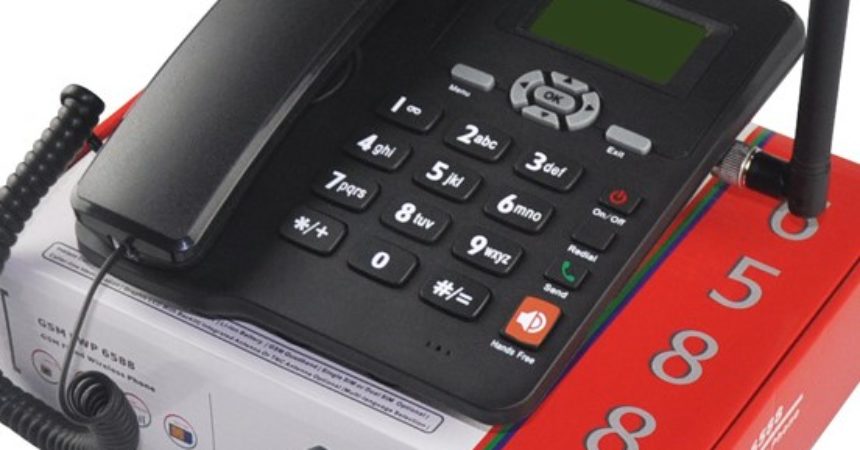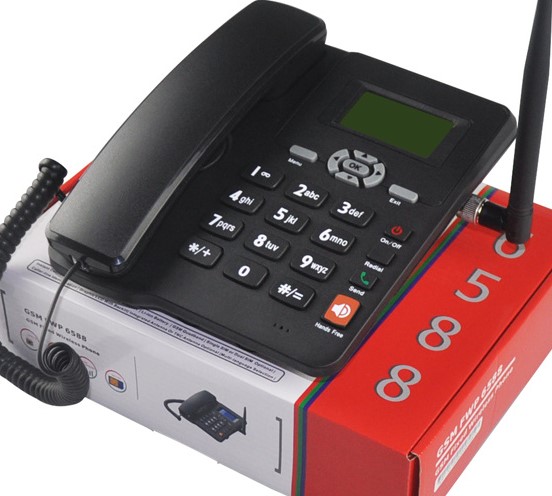
Floridians continue pulling plug on traditional phones
By Jim Turner
News Service of Florida
Cell phones are seemingly never out of reach. Meanwhile, people rely more and more on internet technology.
And the result is the same each year: Florida residents and businesses continue to ditch traditional wireline phone service as they look to other ways to make calls.
The Florida Public Service Commission last Monday released an annual report that showed a 15.7 percent drop in wireline service in 2019. More broadly, wirelines were down 51 percent, or nearly 1.7 million lines, over the past five years.
Part of the reason is obvious: At last count, Florida had an estimated 21.8 million wireless phone subscriptions, roughly equivalent to a cell phone for every resident. But many residents and businesses also have shifted to internet-based calling technology — known in the telecommunications world as Voice over Internet Protocol, or VOIP — for their phone service.
“Consumers in Florida continue to migrate from traditional wireline service to wireless and cable/Voice over Internet Protocol (VoIP) services, while business customers continue to migrate away from traditional wireline to VoIP technology in large numbers,” the report said. “Carriers reported approximately 1.6 million total wireline access lines in Florida for 2019, about 15.7 percent fewer than the previous year.”

Photo special to the Outlook
The decline in residential wirelines has been particularly steep, going from about 1.4 million in 2015 to 600,000 in 2019. Two of the state’s major phone carriers, AT&T and CenturyLink, have averaged residential wireline losses of about 18 percent a year over the past five years, while Frontier has averaged about a 23 percent drop, the report said.
Wirelines peaked at about 12 million two decades ago, compared to the 1.6 million in 2019, according to the report. The number was about 1.9 million in 2018.
Meanwhile, wireless-only households increased to 60.9 percent in 2018, the latest data available for the wireless industry, and the numbers indicate most children are growing up without using wireline phones to call their friends or order pizza.
“Nearly 73 percent of Florida’s children live in wireless-only households,” the report said. “This percentage is higher than the national average of 67.5 percent for the same period. Though Florida’s rate of substitution continues to maintain a level similar to the national average, it appears to be increasing.”
The Public Service Commission is required by law to produce an annual report that looks at various facets of the telecommunications industry, including whether adequate competition exists for consumers. While wireline service has dropped, the report concludes that the variety of providers “are able to provide functionally equivalent services to residential and business customers at rates, terms and conditions acceptable to consumers.”
“A competitive market requires comparable affordability and reliability of service,” the report said. “The vast majority of Florida households subscribe to telephone service. Consumers are willing and able to choose telecommunications service from competitors using a variety of technologies, so competitors have been maintaining significant market share over an extended period. Based on competitors’ substantial market share and market pressures requiring comparable affordability and reliability, competition is having a positive effect on the maintenance of reasonably affordable, reliable telecommunications services.”







